Rising Awareness of Oral Hygiene
The growing awareness of oral hygiene and its impact on overall health is a significant driver for the Teeth Desensitizer Market. Educational campaigns and initiatives by dental associations are fostering a better understanding of the importance of maintaining healthy teeth and gums. As consumers become more informed about the consequences of neglecting oral health, they are more likely to seek products that address sensitivity issues. This heightened awareness is expected to translate into increased demand for teeth desensitizers, as individuals prioritize their dental care routines. Consequently, the market is poised for growth as consumers actively seek solutions to enhance their oral health.
Expansion of E-commerce Platforms
The proliferation of e-commerce platforms is reshaping the distribution landscape for the Teeth Desensitizer Market. Online retailing offers consumers convenient access to a wide range of desensitizing products, often at competitive prices. This shift towards digital shopping is particularly appealing to younger demographics who prefer online purchasing. As e-commerce continues to expand, manufacturers and retailers are likely to enhance their online presence, thereby increasing product visibility and accessibility. This trend may lead to a broader consumer base and heightened sales for teeth desensitizers, as individuals seek effective solutions from the comfort of their homes.
Innovations in Product Formulations
Technological advancements in the formulation of teeth desensitizers are significantly influencing the Teeth Desensitizer Market. Manufacturers are investing in research and development to create more effective and user-friendly products. Innovations such as the incorporation of potassium nitrate, fluoride, and bioactive glass in desensitizing agents have shown promising results in clinical studies, enhancing their efficacy. The introduction of new delivery systems, such as gels and varnishes, also caters to diverse consumer preferences. As a result, the market is likely to experience an influx of novel products that not only alleviate sensitivity but also promote overall dental health. This trend suggests a competitive landscape where companies strive to differentiate their offerings through advanced formulations.
Growing Demand for Preventive Dental Care
The increasing emphasis on preventive dental care is driving the Teeth Desensitizer Market. Consumers are becoming more proactive about their oral health, seeking solutions that prevent dental issues before they arise. This shift in consumer behavior is reflected in the rising sales of desensitizing products, as individuals aim to mitigate sensitivity and maintain optimal dental health. According to market analysis, the preventive dental care segment is projected to grow at a compound annual growth rate of over 5% in the coming years. This trend indicates a robust market potential for teeth desensitizers, as they align with the broader movement towards preventive care in dentistry.
Increasing Incidence of Dental Sensitivity
The rising prevalence of dental sensitivity among individuals appears to be a primary driver for the Teeth Desensitizer Market. Studies indicate that approximately 30 to 40% of adults experience some form of dental sensitivity, which can be attributed to factors such as gum recession, enamel erosion, and aggressive brushing techniques. This growing incidence necessitates effective desensitizing solutions, thereby propelling market demand. As consumers seek relief from discomfort, the Teeth Desensitizer Market is likely to witness a surge in product offerings tailored to address these concerns. Furthermore, dental professionals are increasingly recommending desensitizers, which may further enhance market growth as awareness of available treatments expands.


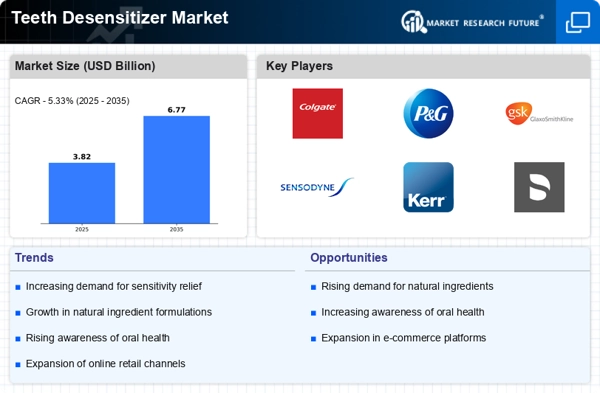
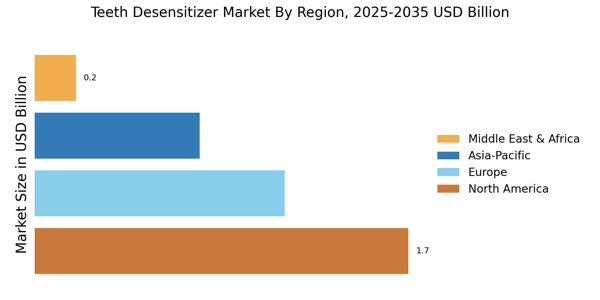
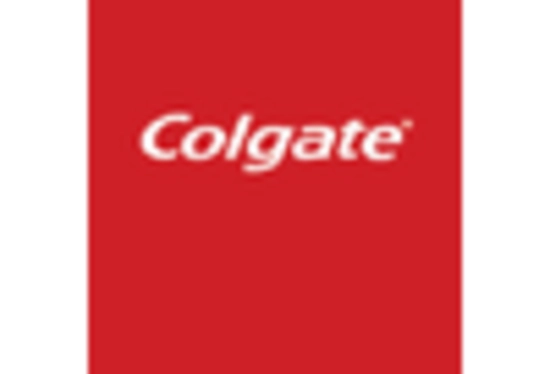
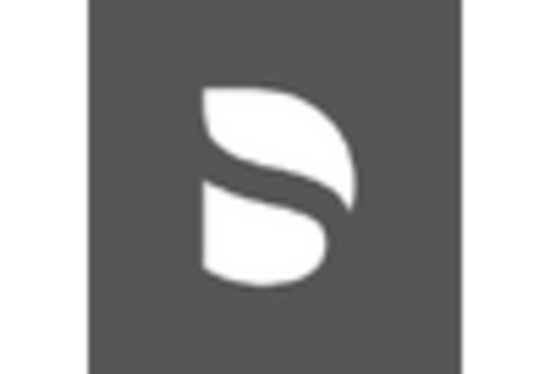

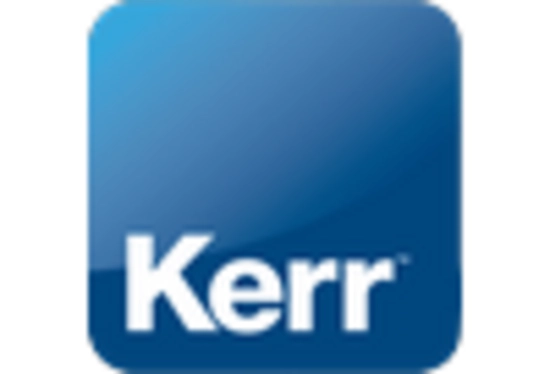










Leave a Comment